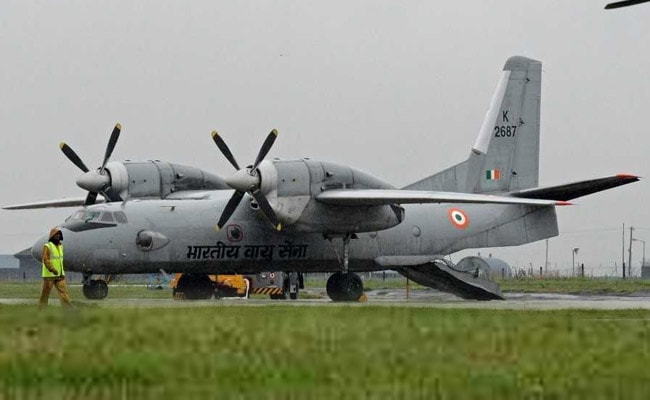
In his monthly Mann ki Baat radio address, PM hailed the use of biofuel in an Indian Air Force transport aircraft.
What did PM cite?
- IAF’s An-32 aircraft successfully used a 10% blend of Indian biojet fuel and took off from Leh’s Kushok Bakula Rimpoche Airport on January 31.
- This was the first time that this mix was used in both engines of an aircraft.
- Leh is at an altitude of 10,682 ft above mean sea level and is among the world’s highest and most difficult operational airfields.
- Even during clear weather, operating an aircraft at Leh is a challenge, given the reduced power output of the engines in the rarefied atmosphere, turbulent winds, and proximity of the mountains.
What is Biojet fuel?
- Biojet fuel is prepared from “non-edible tree borne oil” and is procured from various tribal areas of India.
- This fuel is made from Jatropha oil sourced from Chattisgarh Biodiesel Development Authority (CBDA) and then processed at CSIR-IIP, Dehradun.
- Generally, it is made from vegetable oils, sugars, animal fats and even waste biomass, and can be used in existing aviation jet engines without modification.
- Jatropha oil is suitable for conversion to jet fuel. This biojet fuel has received wide acceptance from the airline industry.
Why it matters?
- Evaluating the performance of biojet fuel under conditions prevalent in Leh was considered extremely important from an operational perspective.
- The success of the flight validated the capability of the aircraft’s engines to operate smoothly with biojet fuel at the extremities of the operational envelope.
- The tests were conducted by a team comprising test pilots from the Aircraft and Systems Testing Establishment (ASTE), Bengaluru and pilots from the operational squadrons.
- The successful test flight also demonstrated the IAF’s capability to absorb newer technology, while sponsoring indigenization.

